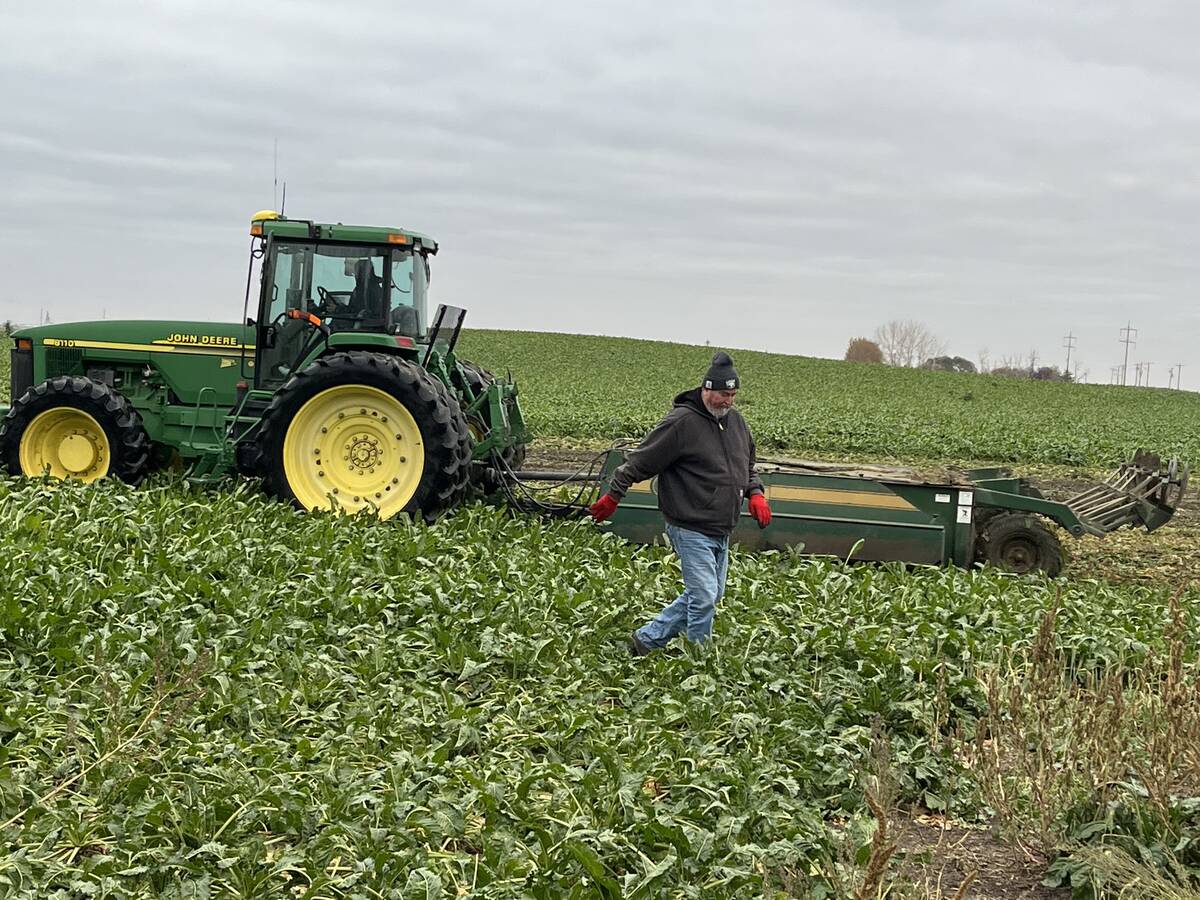Researchers at the University of Saskatchewan have discovered high levels of arsenic in minerals that are commonly used as natural fertilizers.
Professor Yuanming Pan of the university’s geological sciences department said working with synthetic compounds led to the discovery that struvite and newberyite sequestered significant amounts of arsenic 3+ and 5+.
Arensic 3+ is especially prominent in newberyite and is the more toxic of the two arsenic types.
Pan said natural struvite and newberyite are major compounds of guano, which is used as a fertilizer.
Read Also

Weight-loss drugs and health initiatives hammer a crop that usually provides an economic cushion
Americans are simply eating less sugar. Consumption started to decline in the 1990s as artificial sweeteners grew in popularity. Farmers this year planted their smallest sugar beet acreage since 1982.
“When we decided to look at the natural guano deposits, it turns out they contain quite high arsenic levels and various other heavy metals.”
Byproducts from the waste-water treatment process that are used as fertilizer also contain struvite.
Jeff Schoenau of the U of S’s soil sciences department said struvite from waste water isn’t much different from some of the phosphorus bearing materials found in soil.
“Even some of the rock phosphate sources used in manufacturers of common fertilizers contain trace amounts of some metals.”
Schoenau said it’s important to know what’s in natural fertilizers and ensure they don’t exceed the natural guidelines.
“I’m a strong believer that nutrients in the environment, if you can capture and recycle them, you can solve and help prevent a lot of problems down the road,” he said.
Saskatoon’s water treatment plant has the first struvite recovery plan in Canada.
Anthony Boone of Ostara said the technology it has developed recovers polluting nutrients, phosphorus and nitrogen and transforms them into a slow release, eco-friendly fertilizer.
The British Columbia company has six plants in North America, but the one in Saskatoon produces fertilizer with arsenic levels below detectable limits.
At less than .2 milligrams per kilogram, “this is up to 1,000 times below acceptable limit as established by food and agricultural authorities,” Boone said.














